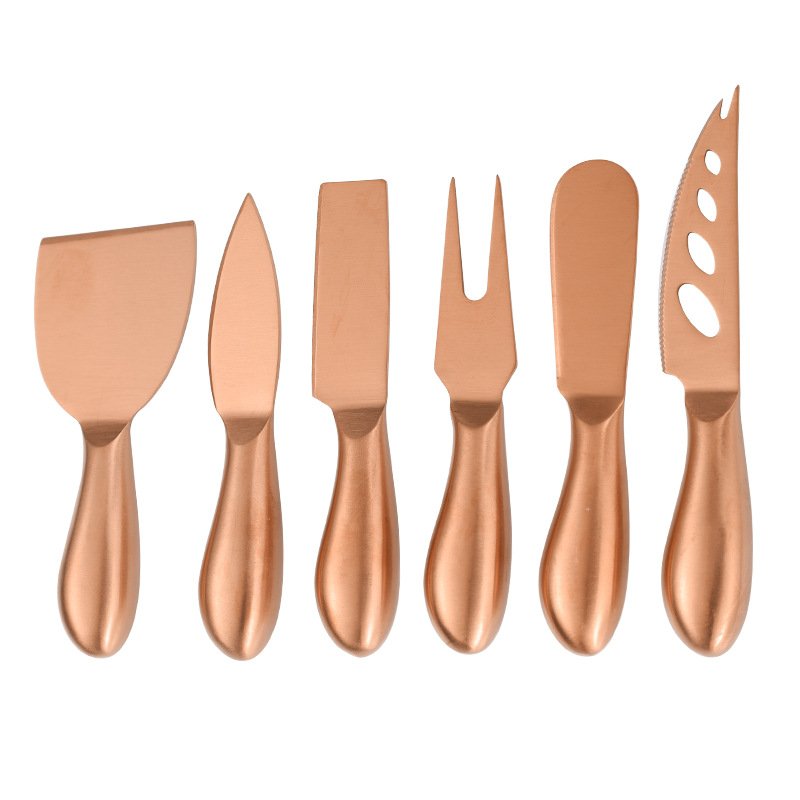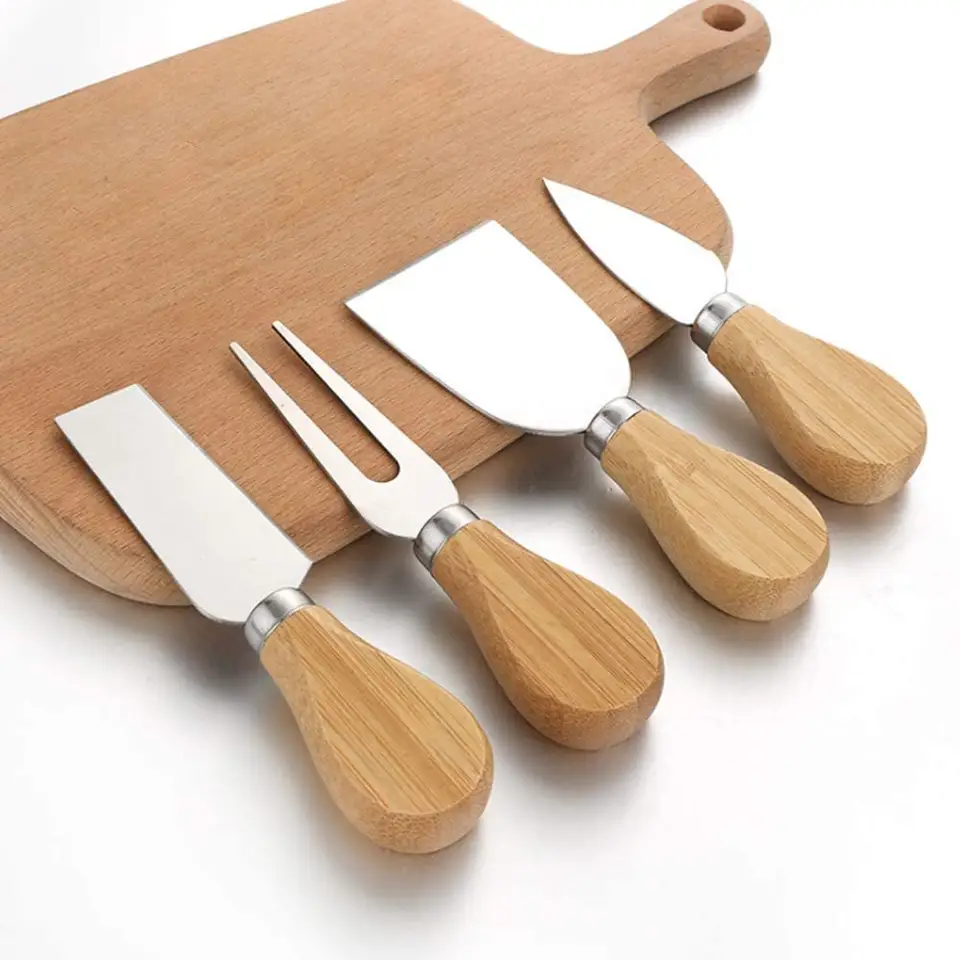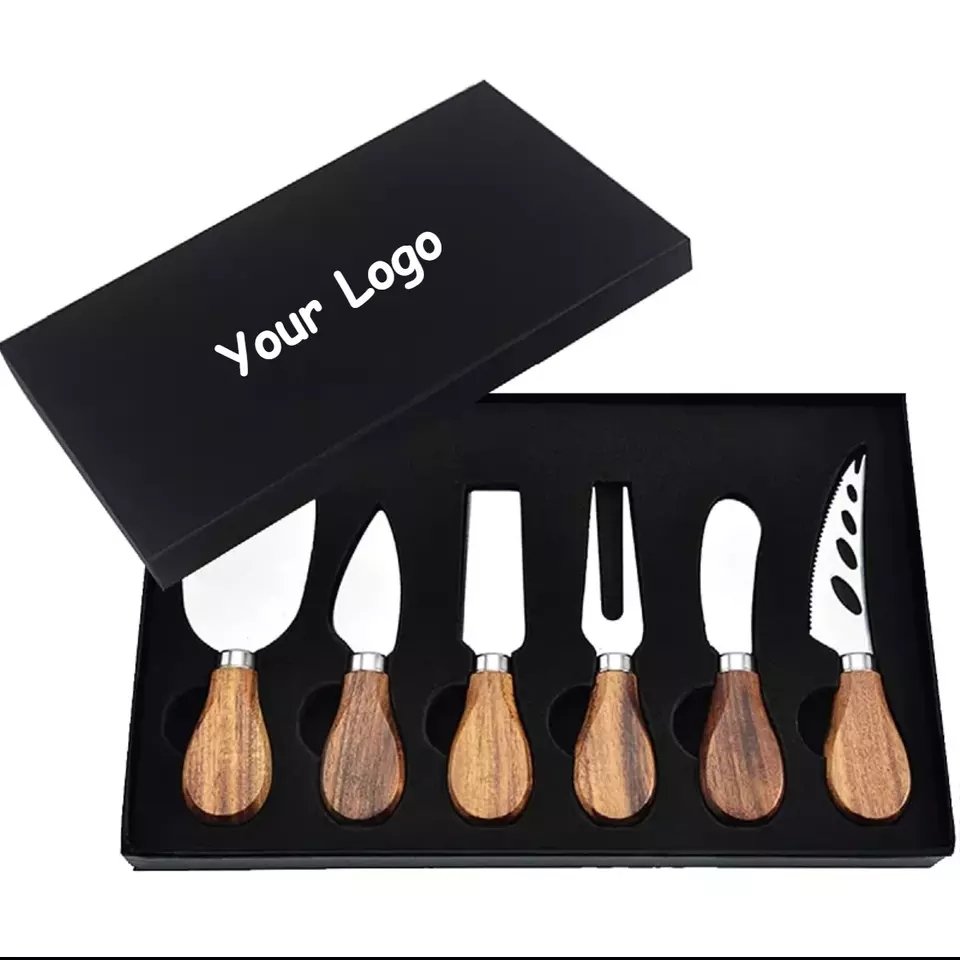Importing cutlery from China feels riskier now with tariffs rising. Costs keep climbing, and profits are squeezed. What should importers do next?
Despite new tariffs, importing cutlery from China can still be smart if you know how to navigate the challenges and avoid extra costs.
Tariffs may raise concerns, but many buyers still rely on Chinese suppliers. Let’s explore how you can keep your business competitive in 2025.
Table of Contents
Is Made-in-China still worth it under rising tariffs?
Tariffs increase product prices, hurting margins fast. But China’s manufacturing scale and innovation still offer value.
Even with tariffs, China’s production efficiency and supply chain depth often beat alternatives, keeping imports worthwhile.
Understanding the real value of Made-in-China cutlery
We must look beyond tariffs. China offers huge production capacity, quick turnaround, and advanced tooling technology. These factors keep costs down despite added duties.
| Factor | China | Other Regions |
|---|---|---|
| Production scale | Massive | Limited |
| Lead times | Short | Longer |
| Quality consistency | High, with selection | Varies |
| Innovation speed | Fast | Slower |
| Tariff impact | Significant | Lower |
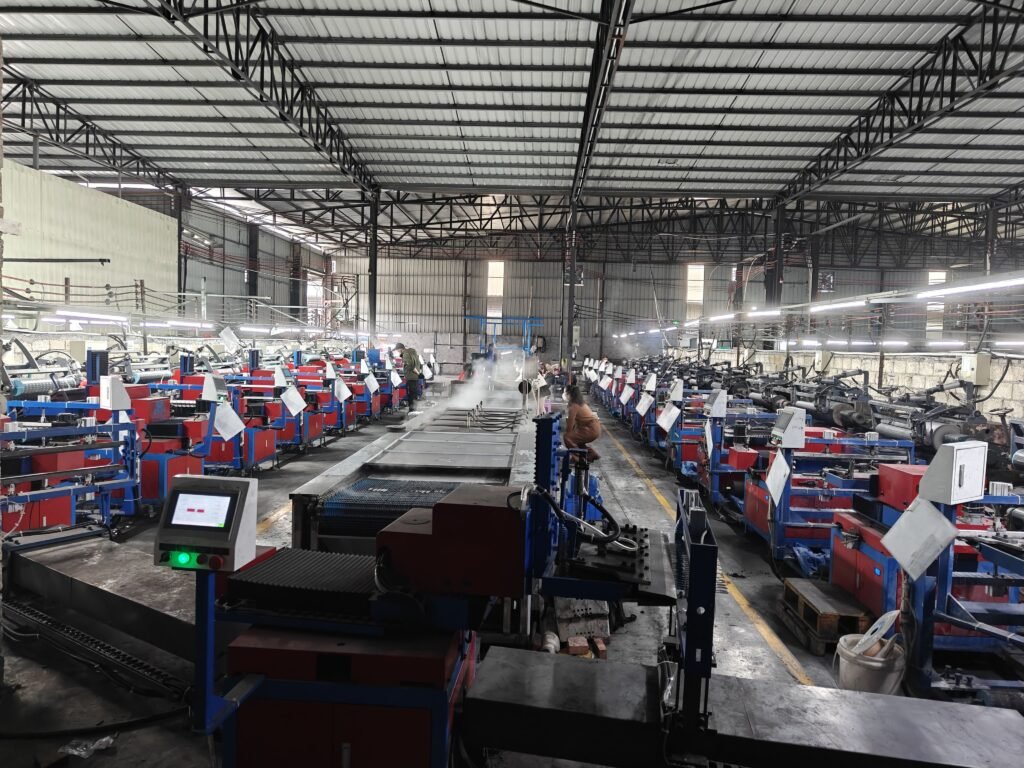
Balancing tariff cost with supply advantages
Tariffs raise the sticker price but often can be offset by efficient sourcing, bulk ordering, and optimized logistics. Understanding the full cost is key.
What hidden costs should you watch out for?
Tariffs are visible. Hidden costs like delayed shipments, compliance fees, and currency swings quietly erode profits.
Watch for extra fees, customs delays, and currency fluctuations that add to your true import cost.
Common hidden cost categories
| Cost Type | Description | Impact Level |
|---|---|---|
| Customs brokerage | Fees for paperwork and handling | Medium |
| Port delays | Waiting time at docks | High |
| Currency risks | Exchange rate changes | Medium to High |
| Quality rejections | Costs of defects and returns | High |
| Compliance upgrades | Changes to meet tariffs or standards | Medium |
How to detect and reduce hidden costs
Ask suppliers detailed questions on shipment schedules. Use local customs brokers. Hedge currency when needed. Regularly check product quality.
How to work with compliant, cost-efficient factories?
Compliance with tariffs and quality standards is non-negotiable. Finding factories that manage both well is a challenge but possible.
Partner with factories that have strong compliance records and flexible production to control costs and avoid penalties.
Key traits of compliant factories
– Understand export rules and tariff classifications
– Keep accurate documentation for customs
– Use approved materials and certifications
– Adapt to new regulations quickly
Strategies to find cost-efficient factories
| Strategy | Description | Benefit |
|---|---|---|
| Factory audits | On-site checks of processes | Ensure compliance |
| Sample orders | Test quality and delivery | Reduce risks |
| Long-term partnerships | Build trust and better pricing | Stability and cost savings |
| Technology use | Automation to lower labor costs | Competitive pricing |
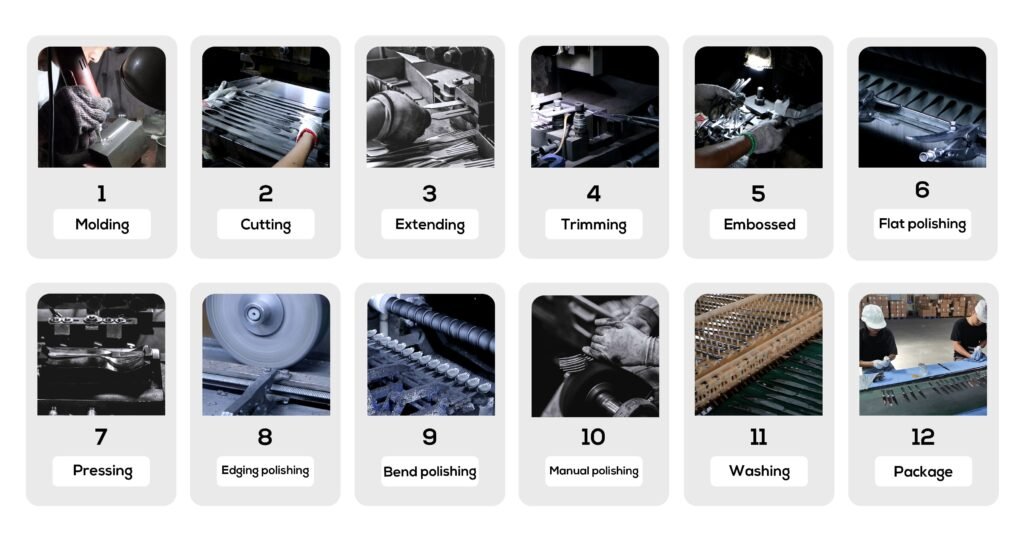
Why some brands are sticking with Chinese suppliers anyway?
Brands value China’s deep expertise, innovation, and supply chain speed over tariff challenges.
Strong supplier relationships and China’s market scale keep many brands loyal despite tariffs.
Reasons for sticking with China
– Access to vast product variety
– Advanced tooling and design capabilities
– Fast prototyping and production cycles
– Competitive pricing after optimization
Weighing risks versus benefits
| Risk | Benefit | Decision Factor |
|---|---|---|
| Tariffs increase costs | Quality and speed remain superior | Depends on margin |
| Regulatory changes | Flexibility to adapt | Supplier reliability |
| Supply chain disruptions | Large network cushions delays | Business resilience |
How can importers negotiate better terms amid tariffs?
Negotiation becomes tougher with tariffs pushing costs up. But smart importers can still gain advantages.
Understanding tariffs and supplier pressures helps you negotiate price, payment terms, and shipping conditions better.
Tips for tariff-era negotiation
– Share tariff impacts openly with suppliers
– Ask for cost breakdowns and find savings areas
– Lock prices for longer periods to avoid surprises
– Negotiate flexible shipping terms or partial shipments
Negotiation checklist
| Negotiation Point | Recommended Approach | Expected Outcome |
|---|---|---|
| Price adjustments | Request tariff-sharing or discounts | Lower net cost |
| Payment terms | Extend payment periods | Improve cash flow |
| Shipping logistics | Use consolidated or direct shipping | Reduce freight cost |
| Quality assurance | Set strict quality checks | Reduce rework costs |
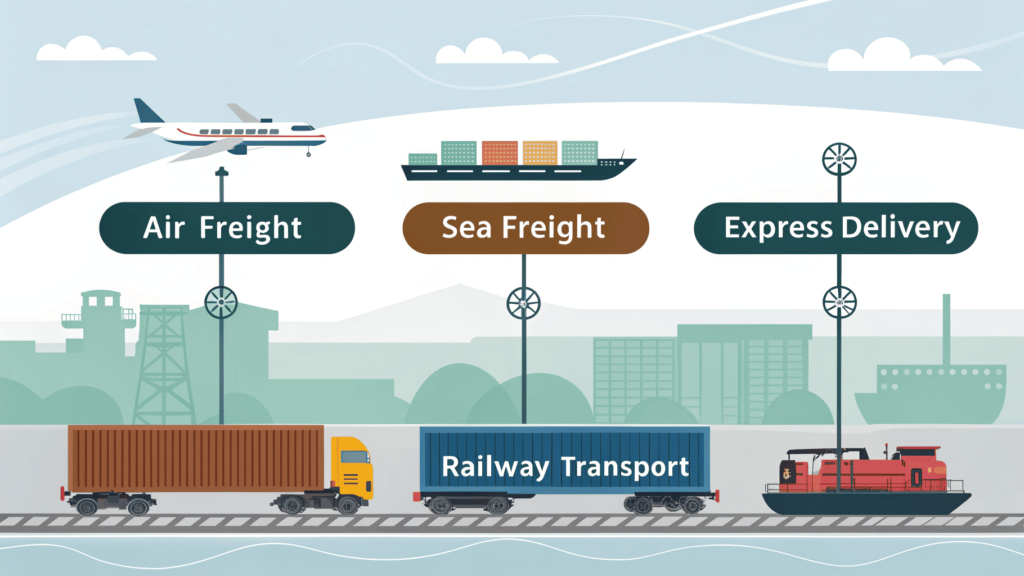
What role can technology play in reducing import risks?
Technology helps track shipments, manage documentation, and analyze cost trends, reducing hidden risks.
Digital tools provide visibility and control to optimize your cutlery imports despite tariff challenges.
Useful technology solutions
– Supply chain management platforms
– Real-time shipment tracking
– Automated customs clearance software
– Data analytics for cost forecasting
Benefits of technology adoption
| Benefit | Explanation | Impact Level |
|---|---|---|
| Transparency | Know shipment status anytime | High |
| Compliance | Automated checks reduce errors | Medium |
| Cost control | Analyze spend to identify savings | High |
| Speed | Faster processing and responses | Medium |
Tariffs complicate imports but don’t end China’s value. Smart strategies keep cutlery sourcing profitable in 2025.


